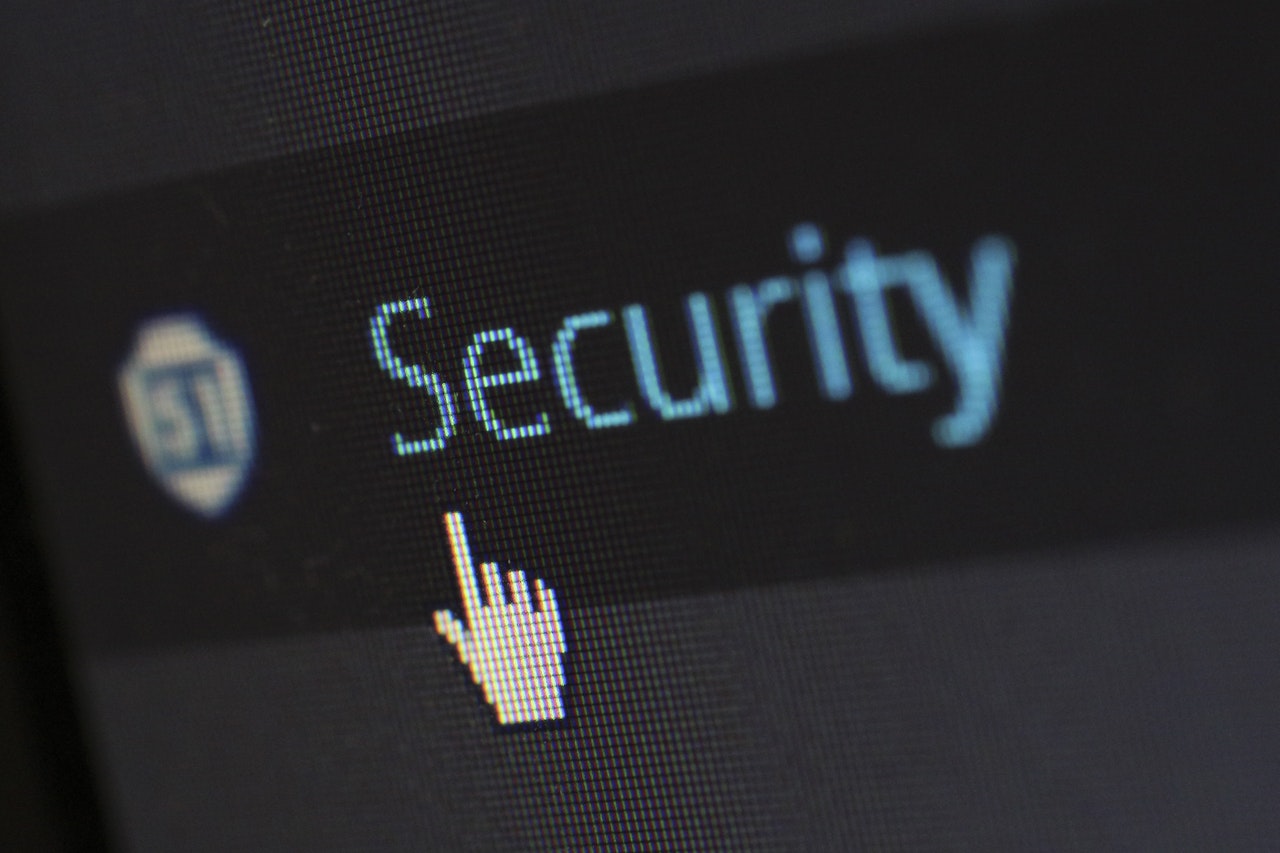WordPress is by far the most popular Content Management System (CMS) in the world today, boasting of use in over 75 million websites. This popularity makes the site an attractive target for bad actors and malicious hackers across the internet. WordPress security is a serious matter and isn’t just about installing a firewalls. It involves risk reduction and management.
So without further ado, let’s dive into how you can secure your WordPress site. Here are ten tips for securing WordPress.
Keep Passwords and User Permissions Strong
Many attempts to hack WordPress use stolen passwords. To counteract this, use stronger passwords, unique passwords. You can also secure your passwords using a password manager. Another way to keep secure when a password is stolen is to use Two-factor authentication (2FA) to stop stolen passwords from being used.
Reduce the risk of unauthorized access to your WordPress account by restricting access to the password. Make sure you give the password only to those who must have access. Do you work with a team? Then make sure your team understands their user roles in WordPress before giving them access.
Have A WordPress Backup
Your first defense against any attack is a backup of your site.
A backup lets you recover quickly from an attack or mishap, restoring you to a point before the attack happened. This lessens site downtime and gets you back on track fast.
Remember to back up regularly and save your backup to a remote location and not to your hosting account. Work out a backup schedule that works for you. It could be once a day or even real-time backups, depending on how often you update your website.
Install A Security Plugin
After a backup solution, you’ll need to monitor what happens on your website. Events you need to audit include failed log-in attempts, integrity monitoring, and malware scanning, to name a few. There are many security plugins available, so browse through them to find the one perfect for your needs.
Enable A Web Application Firewall
Want to feel confident about the security of your website? A Web Application Firewall (WAF) helps you get that state of mind. A WAF monitors the HTTP traffic to and from a web application. This lets you block suspicious traffic and prevent attacks.
Using a WAF lets you stop attacks that are caused by exploiting security vulnerabilities found in web applications. These include SQL injections, Cross-site scripting (XSS), File inclusion and security misconfiguration attacks.
Encrypt Your Site With SSL/TLS
Transport Layer Security and its predecessor, Secure Sockets Layer, are used to encrypt data between your website and the user’s browser. This makes it difficult for hackers to steal information. Check with your web host if they offer TLS/SSL encryption and make sure you get it.
Change The Default Username
The default username for WordPress accounts used to be “admin”. This made brute force attacks easy to accomplish.
Thankfully, WordPress has changed this, and now they require you to select a password the first time you install WordPress. If your username is still set to admin, then changing to a new username should be your first order of business. You could create a new admin account and delete the old one. You could use a Username changer plugin, or you could update the username via phpMyAdmin.
Add Security Questions To Your WordPress Login
A great way to stump unauthorized access to your WordPress site is through a simple addition to your login page. Using the WP Security Questions plugin allows you to add security questions as an additional login requirement. Simple and effective at stopping unauthorized logins.
Allow WordPress To Log Out Idle Users
People can sometimes wander away from their screens for a bit, leaving their computer idle. This can be a security risk, especially if the person logs in to WordPress in a public area.
Installing and setting up an Inactive User plugin allows you to set a duration that WordPress can stay idle before being logged out. This keeps unauthorized users from taking advantage of idle logins.
Add 2FA To Your WordPress Site
2FA is a two-fold authentication technique. A user has to enter their username and password, then they have to enter a code to complete the process.
Many websites implement this security feature. For WordPress sites, install and activate the Two Factor Authentication plugin. Afterward, add an authenticator app to your mobile device and add your site to the app.
Limit Login Attempts
WordPress lets users have unlimited login attempts. This leaves your site vulnerable to brute force attacks. Stopping brute force attacks entail limiting login attempts.
To do this, use the Login Lockdown plugin for WordPress and set up the login retries and lockout period.
And there you have it, 10 Tips on securing your WordPress Site. Keep safe and keep on your road to conquering the internet!

